Our Advisory Board

Jim Salmons is the project founder and its Research Director. He freelance wrote for, and eventually worked as Director of Marketing, for Softalk magazine. He was also a principal in early Apple software companies before and after his Softalk days. His current passion is to lead the design and development of the FactMiners social-game ecosystem as a "pay it forward" tribute to honor Softalk magazine and celebrate its tradition of igniting the personal Creative Spirit. (Some backstory.)
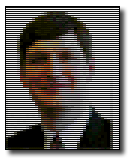
Peter Caylor by day is Vice President of the IT Division of DDL Omni Engineering. To the STAP project, Peter is a former Softalk reader with such a passion and respect for the magazine that he is among its most voracious scanners ensuring that the physical magazines are preserved as high-resolution, archival quality digital image files. Pete – together with his incredible, mega-scanner – has been instrumental in expanding the scope of the STAP project's archive to include the additional magazines published by the Softalk Publishing company.

John Gruver by day is the Network and Lab Manager of the School of Media Arts and Design at James Madison University. At most other times, you'll find him fulfilling his mission as a "certified unofficial flame-keeper" of early microcomputing history. At last count, John has amassed a collection of over 3-million pages of vintage computer magazines! And his favorite, don't you know, is Softalk!

Henry Lowood has been Curator for History of Science & Technology Collections since 1983 at Stanford. Since 2000, he has been director of the How They Got Game Project in the Stanford Humanities Laboratory (SHL); a research project focused on the history of computer games and simulations and the preservation of a 15,000-piece collection of digital games and interactive software. He has published widely in history of science and technology, library and archival studies, and digital game studies. His deep and broad knowledge of museum informatics and the requirements for digital collections preservation and management will be invaluable to the STAP.
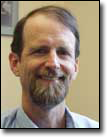
Mike Moshell – in addition to having "been there, done that" Apple computing-wise during the Softalk days (and he was an avid reader at the time) – Mike has phenomenal knowledge and experience that will help us with the FactMiners social-game ecosystem part of The Softalk Apple Project. Mike is currently Professor of Digital Media at the University of Central Florida where he was instrumental in the creation of the Florida Interactive Entertainment Academy, a multi-disciplinary advanced degree program for professional training in computer game design and development.
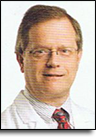
Steven Weyhrich by calling is a family physician at the Methodist Physicians Clinic in Omaha. But Steven has a long-standing love and interest in all things Apple II history-wise. He has just published the "dead trees" version of his Apple II history on Amazon, Sophistication and Simplicity: The Life & Times of the Apple II Computer". In addition to his new book, you can find an extraordinary amount of historical information at his Apple II History website including this page on the history of Softalk magazine.
Softalk magazine was published in four full volumes between September 1980 and August 1984. In total, over 9,300 information-rich pages chronicle a pivotal period in the history of Apple microcomputing. More generally – due to its pioneering breadth and depth of content – Softalk is an unparalleled source of information that captures the emerging revolutionary impact of affordable microcomputing on our societies, cultures, arts, and economies.
Currently our on-line archive contains only a brief profile of each issue, including a scanned image of the cover and table of contents page. Ultmately, this site will host a definitive collection of high-resolution "reference image" scans of each page of each issue of the magazine. In the meantime, we have some preliminary scans available as we develop our scanning requirements and workflow.
The Softalk Apple Project goals are to preserve, explore, and extend the content legacy of Softalk magazine.
Beyond Preservation
While the Softalk magazines have always been worthy of historical document preservation and study, now is an ideal time to start The Softalk Apple Project. Technical innovations in Big Data, especially graph databases and their associated analytic tools, together with the Internet's enormous affinity-based social networks will allow us to be both reverential of the Softalk Archive collection being preserved, as well as innovative in the means by which we do this preservation and exploration of its content.
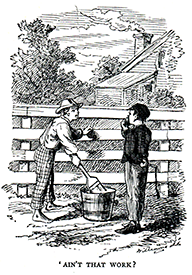
We will tap these incredible technical and social network resources by developing the "FactMiners" Open Source multi-platform social-game app to enable crowdsourcing the "work" (we promise to make it fun) of "fact mining" the Softalk Magazine Archive. Fact Miner game-playing to create the "Fact Cloud Companion" of the Softalk Magazine Archive will take this resource from its original human-readable format into a research and education realm rarely entered by similar collections.
By doing The Softalk Apple Project under this plan, we will have an opportunity to prototype and evolve 1) the Fact Miner social-game app, 2) its associated server-based gamification and community back-end, and 3) the metamodel specification so collection repositories can host their own Fact Clouds to be made available to the Fact Miner game-playing community. We believe our "FactMiners" game community (www.FactMiners.com) and our "FactMiners" technology (www.FactMiners.org) will become valuable education, outreach, and research resources available to curators of all kinds of on-line repositories of historical and cultural artifacts. (A bit more background...)
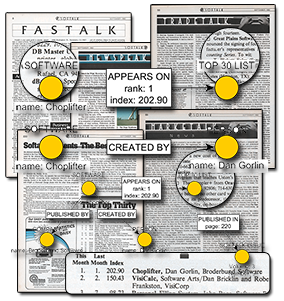
Collections such as those of museums, local community historical societies, and of course, magazine and document archives are prospective Fact Cloud repository hosts within the Fact Miner ecosystem. Over time, the FactMiners app will present a catalog of available, categorized collection repositories where players can match their interests with collection owners' 'mining' interests, much like an Internet radio app presents a catalog of streamable music stations. And the first step in achieving this broader goal will be the trailblazing work of The Softalk Apple Project.
Ultimately, our goal is not to simply preserve and publish the archive of Softalk Apple magazines. We – and I trust that I am speaking not just for myself but for the others who will join this community project at it evolves – we intend to make this website an irresistible "honeypot" of research and exploratory learning resources that will not only preserve this material, but will stimulate people to revel in it. We'll do our best to support folks doing any and everything they can to stretch their and our minds by exploring the incredible story that unfolds in serial fashion within the pages of Softalk, especially when such exploration stimulates communication and collaboration across generations.
So, with a hearty Happy 33rd Anniversary cheer in recognition of the publication of Softalk magazine, we hereby proclaim that the game's afoot!
--Jim Salmons--
6 September 2013
Cedar Rapids, Iowa USA
Please note: The links below are to project description sub-pages that only have 'teaser' content used on the home page so far. These actual full pages are under development.
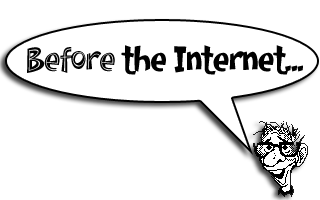
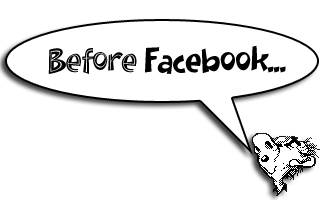
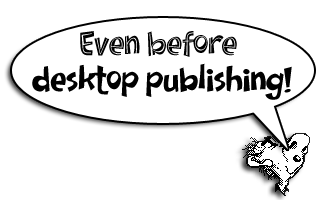
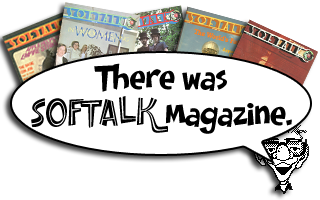
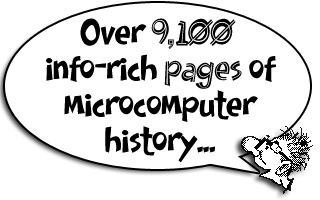
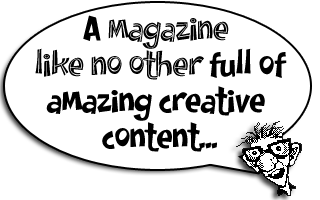
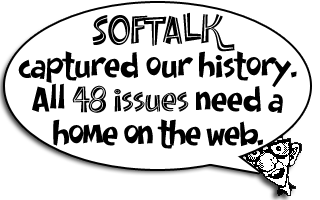
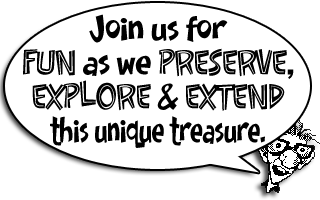
Comments
So, what is the ETCD
So, what is the ETCD (estimated time-completion date) about the scanning and posting of Softalk Magazines?? April or May?? (The community is awaiting your
response....)
SL
A bit longer but soon enough... :-)
Hi SL,
Thanks for asking... You are not too far off. Our Heroic Mega-Scanner, Pete 'Lo-Res' Caylor, has been scanning like crazy since we provided him with the final issues needed to complete the archive.
That said, there are two different answers to your question. On the one path we are creating an archive-quality digital cultural artifact collection for donation to the Stanford Digital Repository as part of the History of Technology collections of the Stanford Libraries. These files and their organization is at the individual page level and in multiple formats. This is why we are digging into the ISO standard for museum cultural heritage collection management and preservation.
On the less-rigorous path there are 'good enough to read and small enough to download' are full-issue PDFs like you are asking about. As soon as we have these ready to go, we'll release them issue by issue. The easiest way to be informed about availability would be to follow @Softalk_Apple on Twitter.
Timing-wise, we have to give Peter time to wrap his scanning activity up, which will be mid-late April. Give us a week or two to get stuff in and organized and we're looking at late April when the issues will start to roll out. Once that starts, I would expect to see the full run in pretty short order. Again, these will be at least 'good enough' readable PDF files with many of high quality from the get go.
That said, this round we have not yet 'sacrificed' any of the thick, later perfect-bound issues which can effect the gutter scan clarity. Once we take stock of what we've got, we will be sacrificing some issues to get the best quality, high-resolution archival-quality scans.
Thanks for the Update
Thanks for the update concerning Softalk's ECTD... I used to have a few issues 10+ years
ago, but they ended up in "the dustcan of ancient history"... Looking forward to "peruse"
and browse your work as per your commentary... Have a good weekend.
SL